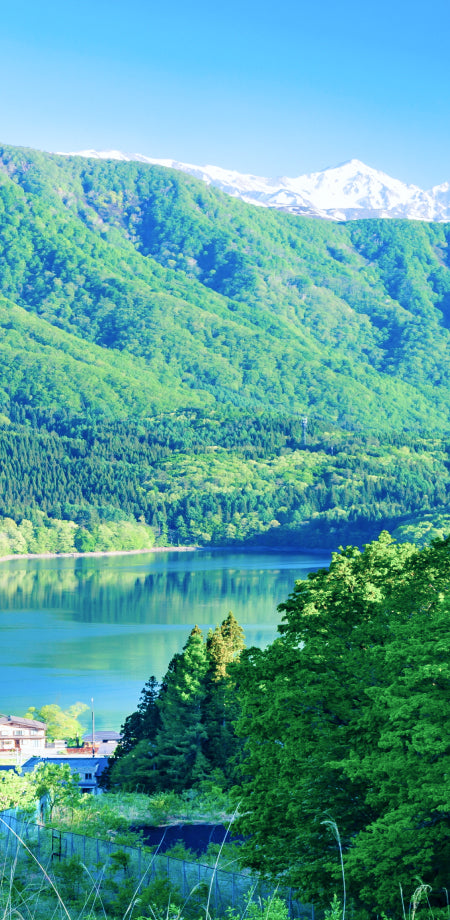投稿日:
更新日:
whyShinshuIs it miso? (Web-only article)
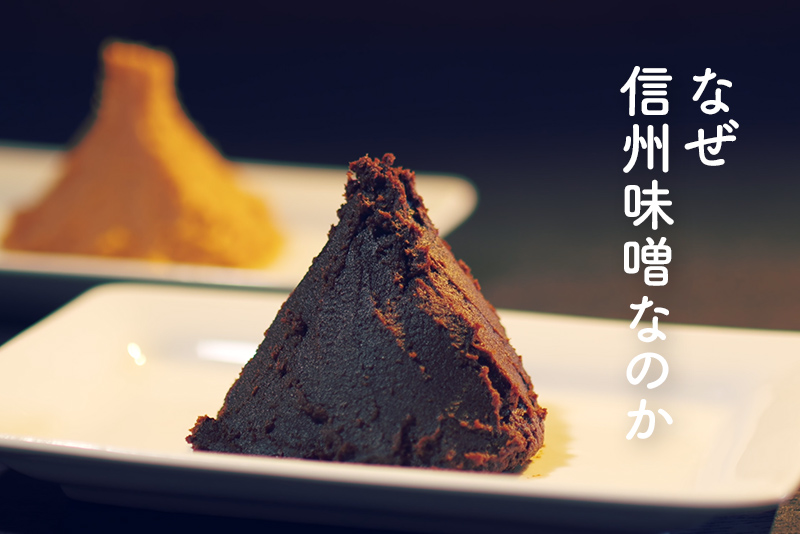
Miso is an essential part of the Japanese dining table. Nagano There are over 100 miso breweries in the prefecture, boasting a share of about 50% of domestic miso. The abundant, pure water and clear seasons created delicious miso.
In Japan, a variety of miso is produced in each region, including rice miso, barley miso, and bean miso. "ShinshuMiso is a rice miso that is characterized by its brilliant yellow color, made from rice koji, soybeans, and salt.
ShinshuThere are various theories about the origin of miso making in Japan, but in the Kamakura period, the feeling of the monks was incredibly strong. Nagano In the eastern part of the prefectureSaku CityIt is said that miso making was popular at Anyoji Temple in the area. It is said that during the Sengoku period, Takeda Shingen made miso as a source of food, and it became popular in various places, and even todayShinshuThere are over 100 unique miso breweries left in the area.
ShinshuMiso making in our daily lives

To begin with, miso has been passed down from home as a necessity. Not only miso soup, but also freshly picked vegetables such as cucumbers and celery can be enjoyed by adding miso to them, or stir-fried them with oil, and picking them with seasonal vegetables in their homemade miso to make them a preserved food, making them an indispensable part of your daily dining table.
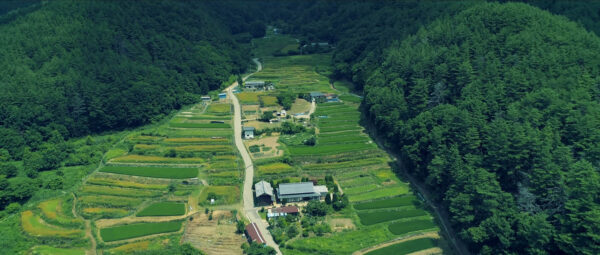
ShinshuThe farmers apparently prepared miso balls from March to April when the winter cold began to ease. When prepared in autumn and winter, it will dry out before aging, and when prepared in summer, it will rot before aging, so in the past it could only be prepared during this limited period. When the miso balls begin to turn slightly white, they are cut into buckets and aged in the summer heat, and the finished product is ready from autumn to early winter. ExactlyShinshuMiso has been made using the four seasons.
Nagano In the northern part of the prefecture, Nozawana was once pickled in a bucket of miso, and the mellow flavor of the miso left in the bucket has been added to the pickled Nozawana, making it different to the two.
As time goes by, fewer families make homemade miso,ShinshuMiso making at home is still being carried out continuously in mountain villages.
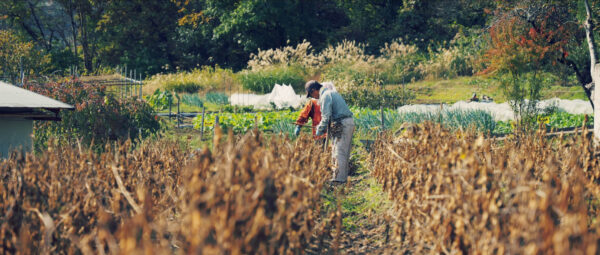
"I made soybeans and shipped them, so I wanted to make my own miso too. When I married into this house, I had no choice but to make miso, so I took part in the Women's Association's miso making seminar and started making miso with friends. I was attracted to the unique flavor of handmade products, and more than anything, the children would love it. I would like to continue going forward."
It has been about 20 years since I spoke about this, and it has been a vacant during the winter off-season.TimesUse to make miso usingNagano CityA farmer in the Nishiyama area. The soybeans are harvested in November and dried, and the preparation begins in February. After washing the raw rice and soybeans at home, they are brought to a processing plant, steamed and mixed with koji, and aged until December.
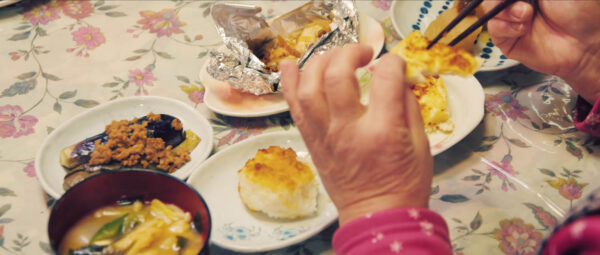
"I was told, 'Even if you don't measure the temperature every time, it's fine as long as the feeling of touching it with your hands is just as good as human skin,' but I was worried. I put on a thermometer and checked, but when it reaches 40 degrees, all the bacteria die. At first, it was difficult to adjust the temperature, so I even went to check it out in the middle of the night because I was worried."
Even after learning at the seminar, he has been thinking and error, changing the aging period and steaming the beans rather than boiling them.
"I love the nature of this place, and the bounty of this place nurtures us. I have the feeling that it enriches our hearts while we eat."
He was the first Asian to win three stars in the French Michelin Guide. Nagano Chef Kobayashi Kei, who is from the prefecture, is alsoShinshuHe talks about the miso of the food:
「ShinshuMiso is the same as fromage (cheese) in France. Whether they are nearby or next door, the bacteria are different, so the taste is different. Each region and each family have a different flavor. I think that's what makes it appealing."
ShinshuMiso making in our daily lives

▲ Ishii Miso CEO Ishii Kosuke
Ishii Miso CEO Ishii Kosuke
Kamakuraya Representative Director Tanaka Koji
Miso was once made at home, but in the Meiji period, when the silk production became popular, factories with many employees, such as around Lake Suwa, began to mass-produce miso as a meal, and miso breweries were also established to cover the miso to the factories. From this genealogy, many miso breweries have been created in the prefecture, mainly in the Suwa area. Furthermore, there was no damage in the Great Kanto Earthquake in 1923.ShinshuMiso is sent as relief supplies to the metropolitan area, and its deliciousness is also known in the metropolitan area. It has also gained popularity in the metropolitan area,ShinshuMiso has developed even further.
It combines a refreshing flavor and rich aroma that has been supported by many people.Shinshumiso". What is the secret to fostering this deliciousness?
"I think we could not have founded a business in the past without a place full of water. Matsumoto City, where we have a storehouse, is blessed with spring water, making it suitable for making miso using natural brewing."
This is what I was told by Ishii Kosuke from Ishii Miso. It is the sixth generation of misobura, founded in 1868.

Miso is produced in many processes, such as washing, soaking, and steaming, and water plays an important role in every process of making miso. It is blessed with water resources, with clear melting snow from the mountains and having many of Japan's leading rivers. Nagano There are various miso breweries in various parts of the prefecture.
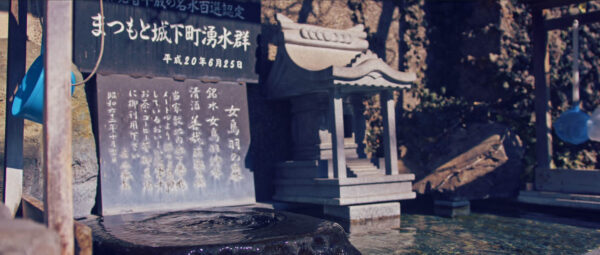
Among them, the Matsumoto area is the second most common area to store miso storehouses, after the Suwa area. Miso is made using the Migahara Plateau to the east and the Northern Alps to the west, rich nature and fertile land, and high quality, abundant groundwater.
The area around Matsumoto Castle, where Ishii Miso is located, is rich in groundwater and there are many wells and springs, and the Matsumoto Castle Town Spring Group, which captures these in one way and is even selected as one of the "100 Famous Waters of the Heisei" formulated by the Ministry of the Environment.
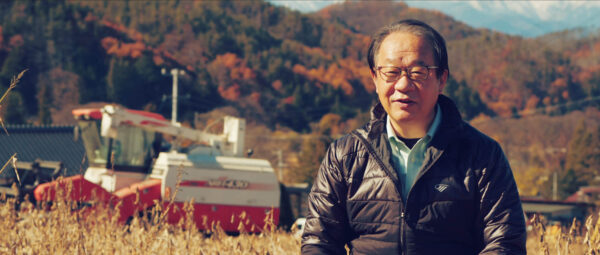
▲Kamakuraya Representative Director Tanaka Koji
Another reason is the raw materials. Because it is simple, such as rice, soybeans and salt, the quality of the ingredients has a major impact on the quality of the miso.
"I think miso has been made by Miso Bulletin, which has been sourced from ingredients made by local farmers. The traditional way of making is to add salt to the soybeans and rice we made and brew it by making use of the natural environment of this region. We want many people to know how delicious the old-fashioned taste is. We make it with the idea that producers and craftsmen work together to make it into a team," says Tanaka Koji from Kamakuraya, who is working on the sixth-generation industry of agriculture. It is one of the businesses that supplies raw materials to Ishii Miso.
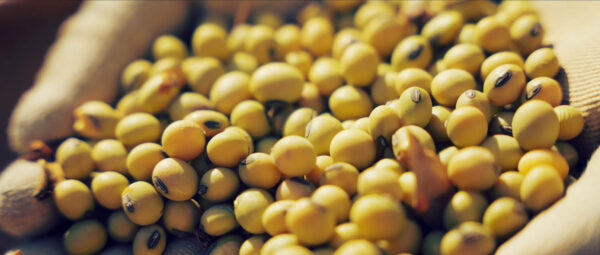
It is said that more than 90% of Japanese miso use foreign soybeans, but Ishii Miso is Nagano It mainly uses Nakasennari, a soybean variety born in the prefecture. We also use locally produced ingredients, such as using local rice terraces.

The production method is made in cedar wooden barrels for three years.TimesNatural brewing is carried out by slowly fermenting and aging according to the natural climate. The fast brewing method (methods that involve heating and decomposition and fermentation in a short period of time) that was conceived during the postwar period of food production, is usually shipped within 2-3 months, and other natural brewing miso brewings in about a year, but it is generally three years longer.TimesMiso, which is aged by pouring it on, is characterized by its dark colour.
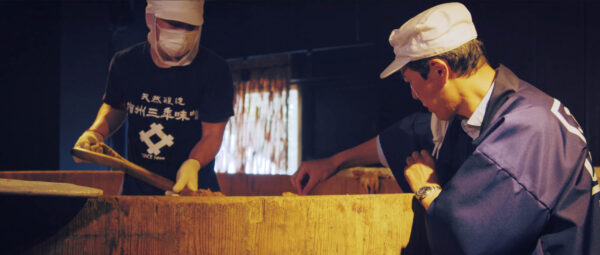
"It is said that when natural brewing is subject to temperature changes, it is said that better miso can be produced. Matsumoto is relatively dry, and the harsh climate of day and night, and the harsh summer and winter are hot and cold, making it very suitable for making miso for natural brewing. And just as yeast bacteria and lactic acid bacteria live in wooden buckets, bacteria also live in the air. The yeast bacteria that live in Misobura have been produced for generations, and cannot be achieved overnight. I feel that it is deeply appreciated when I realize that the color and aroma of miso is formed after receiving all the blessings of this climate, climate, and the bacteria that have been grown over the years. Ah, I'm grateful."
The creators, farmers and the natural environment create harmony and createShinshumiso.ShinshuI guess that's the reason why eating miso brings back some nostalgia.
*This article is information as of March 2023. Please note that the products we carry may have changed.















